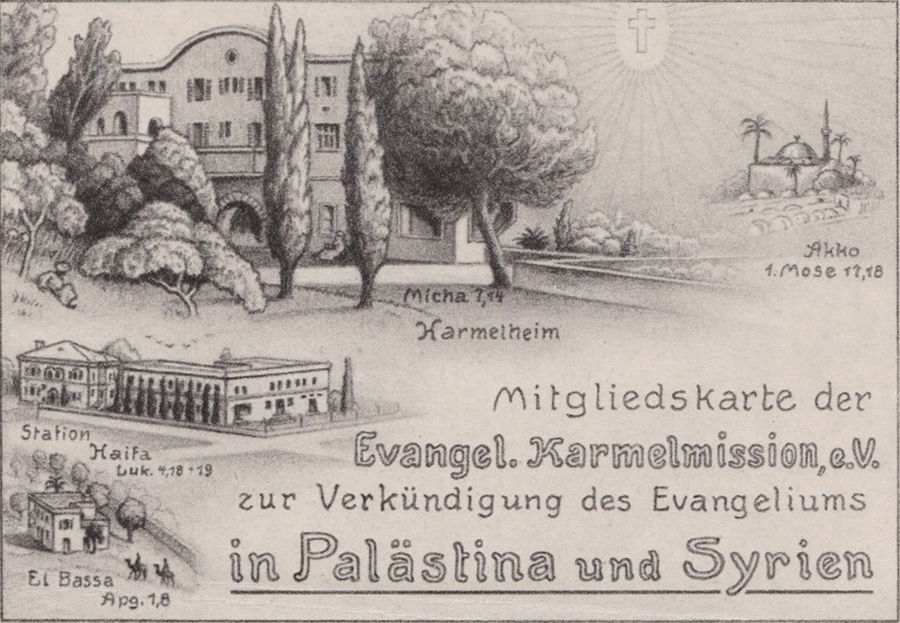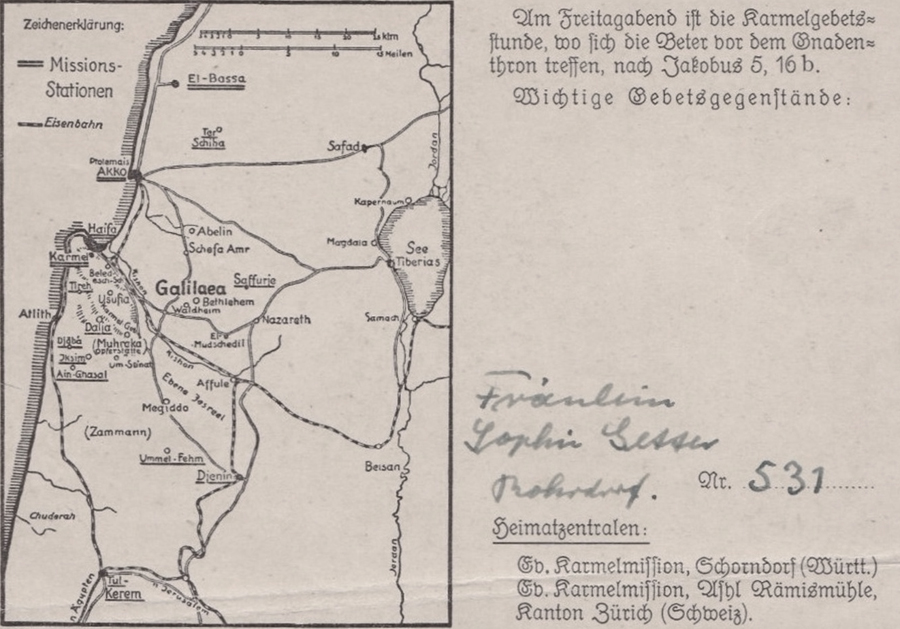
Ephemera
Haifa German colony
The German Colony was established in Ottoman Haifa in 1868 as a Christian German Templer Colony in Palestine, so it was a religious rather than a merchant colony, though it was self-sufficient in many ways including in agriculture. It was the first of several colonies established by the group in the Holy Land. Others were founded in Sarona near Jaffa, Galilee and Jerusalem. The Templers, a religious Protestant sect formed in southern Germany in the 19th century, settled in Palestine at the urging of their leader, Christoph Hoffmann, in the belief that living in the Holy Land would hasten the second coming of Christ. The Templers built a colony in keeping with strict urban planning principles and introduced local industries that brought modernity to Palestine, which had long been neglected by the Ottomans. They were the first to organize regular transportation services between Jaffa, Acre and Nazareth, which also allowed for mail delivery. In 1874 the Christian denomination of the Temple Society underwent a schism and later envoys of the Evangelical State Church of Prussia’s older Provinces successfully proselytised among the schismatics, making up about a third of the colonists. Thus the Colony became a place of partisans of two different Christian denominations and their respective congregations. The population fluctuated between 300-400 settlers between 1870 and 1914. Sixty of the colonists were American citizens and their leader, Jacob Schumacher served as the U.S. consular agent for Haifa and northern Palestine. Due to their population increase and the ongoing urbanisation of Haifa, the colonists searched to buy lands in order to found new settlements. Employing modern farming methods, the Templers introduced soil fertilization, better methods of crop rotation and new crops such as potatoes. They imported agricultural machinery and engaged in "mixed farming," combining dairy farming and field crops. The affluent German colony stood out in its poor surroundings. The only doctor in the city lived there, and one of the residents was a construction engineer. By the end of the Ottoman era the colony had 750 inhabitants, 150 houses and dozens of businesses. The colony was the first model of urban planning in Palestine, with a main street running from north to south (today, Ben-Gurion Boulevard), leading down to the harbor. Smaller streets branched out from the main street. At the southern end of the colony were the Templer vineyards (where the Bahá'í World Centre stands today). The colony was built as a garden city with single-family homes surrounded by gardens and shade trees lining the main boulevard. When in World War I General Allenby conquered Palestine from the Ottomans, the German colonists were regarded as enemy aliens. Many of the colonists were recruited for the units of the German Imperial Army, which fought together with the army of the Ottoman ally against the British conquest. The Britons entered Haifa and the colony only after the end of the fighting. Thus the colonists in Haifa were not deported to Egypt, as were the colonists of other, more southern colonies (Jaffa, Rephaim, Sarona, and Wilhelma), which happened to lie in the battle fields. In 1937, 34% of the Templers were card-carrying members of the Nazi party. On King George VI’s Coronation Day in 1937, all the Templer colonies flew the swastika flag. At the start of World War II colonists with German citizenship were rounded up by the British and sent, together with Italian and Hungarian enemy aliens, to internment camps in Waldheim and Bethlehem of Galilee. 661 Templers were deported to Australia via Egypt on July 31, 1941, leaving 345 in Palestine. So the colony was effectively decapitated by 1945 and the upcoming estalishment of the state of Israel in 1948 meant the death-nail of this colony that paid a heavy price of not adapting to the changes in the realities of the socio-political landscape of Palestine / Isreal. Today only some of their stone buildings survive.
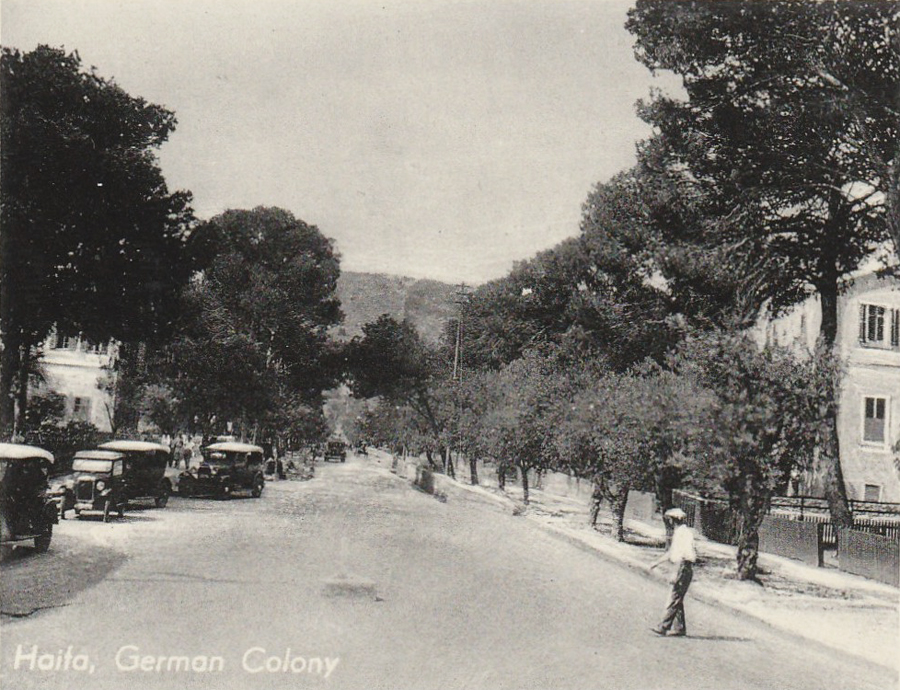
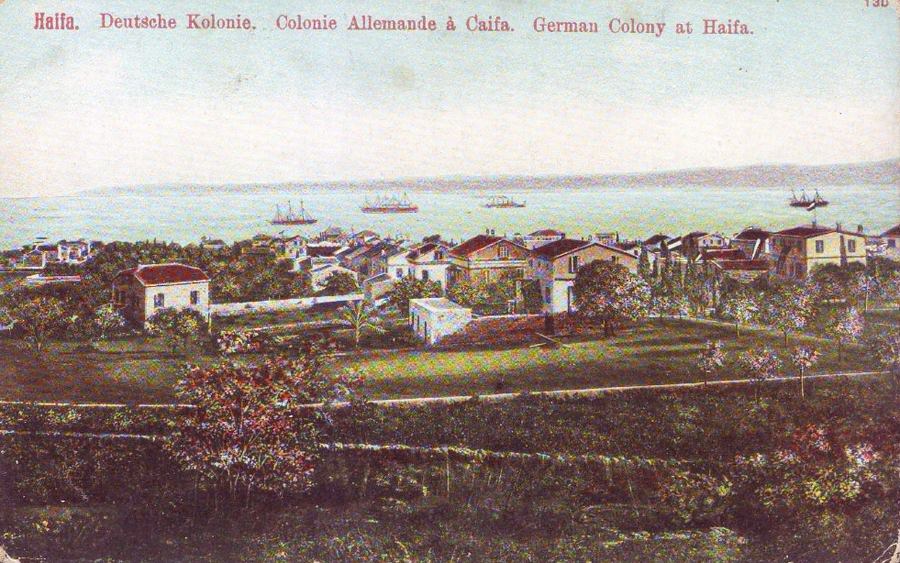
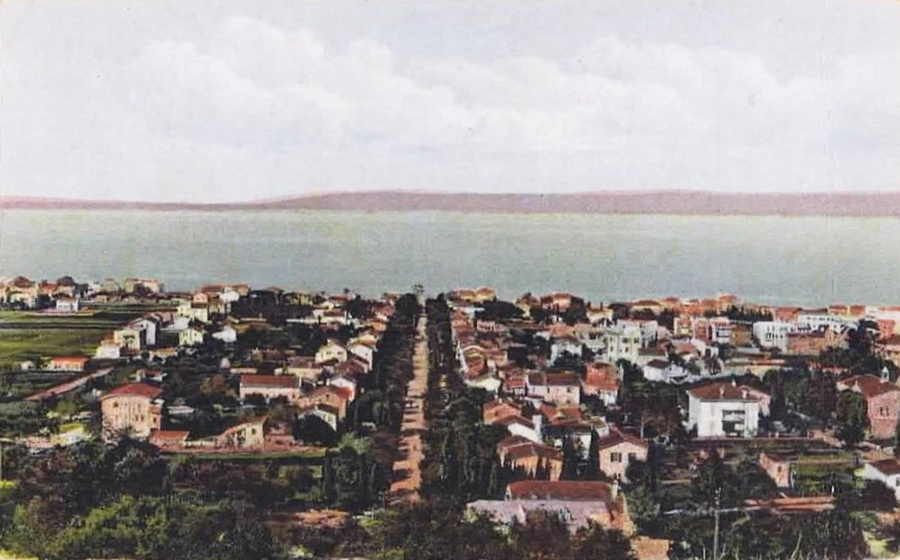

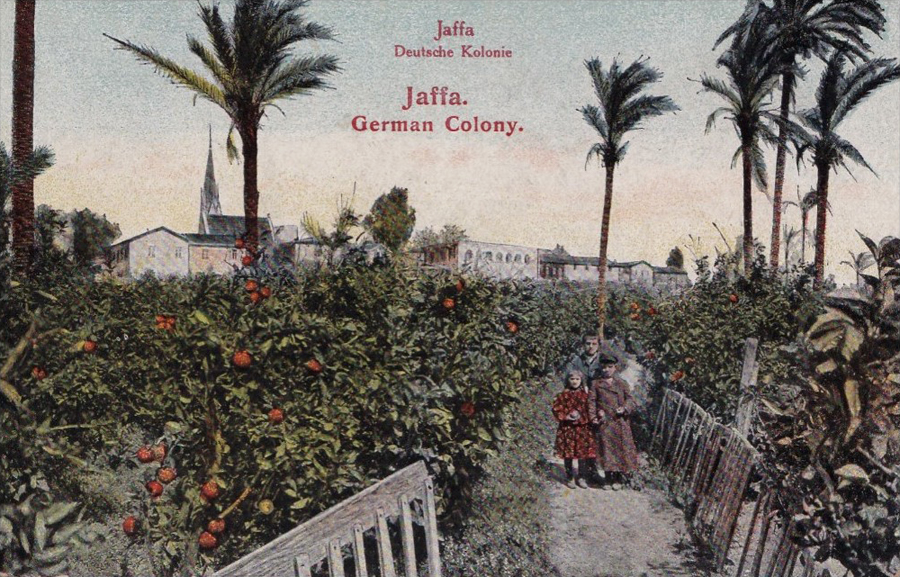
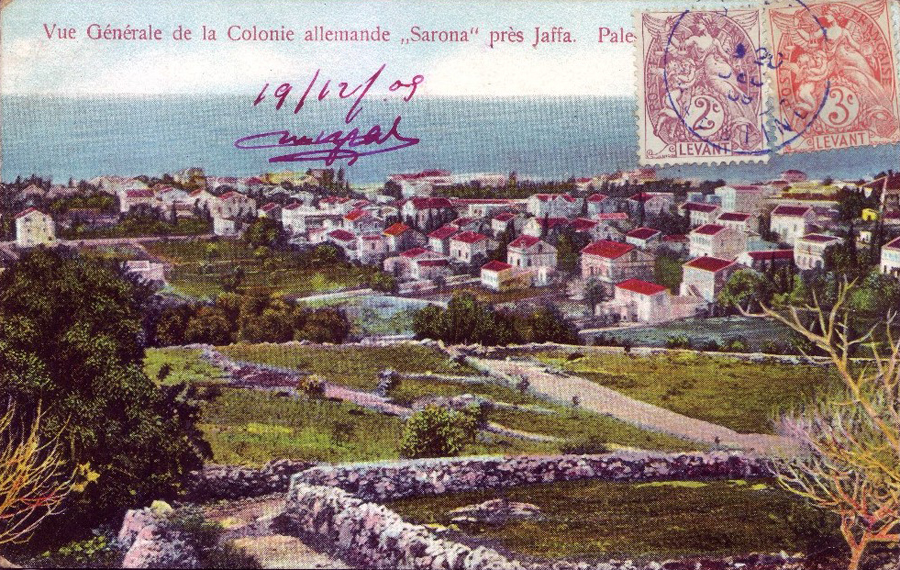
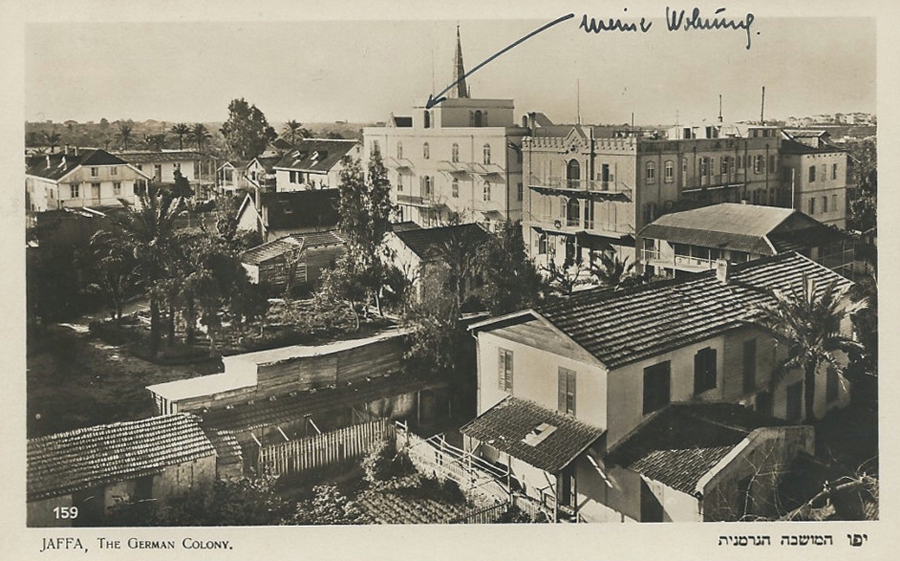
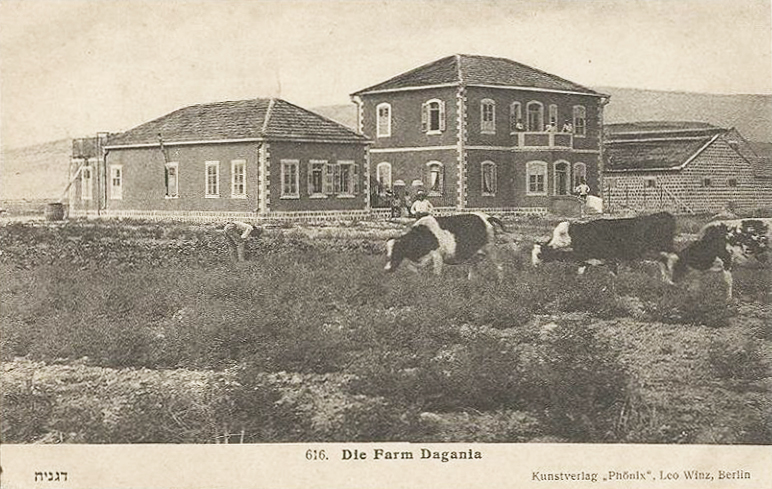

Modern remains of this former colony.


